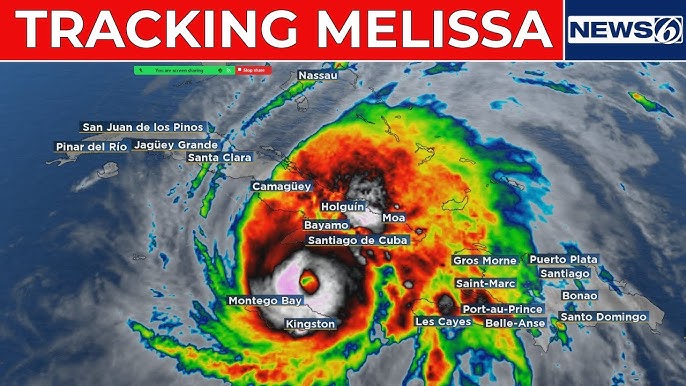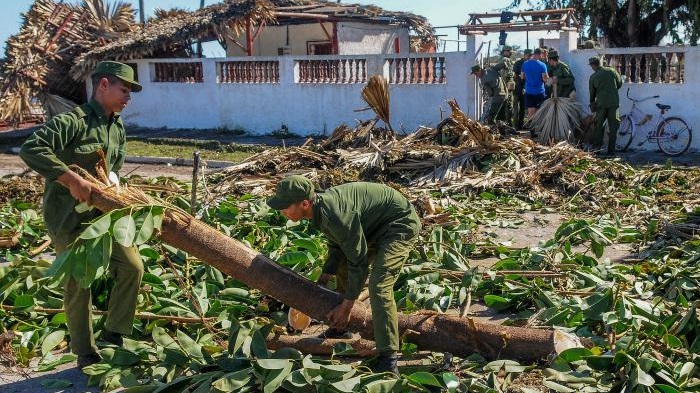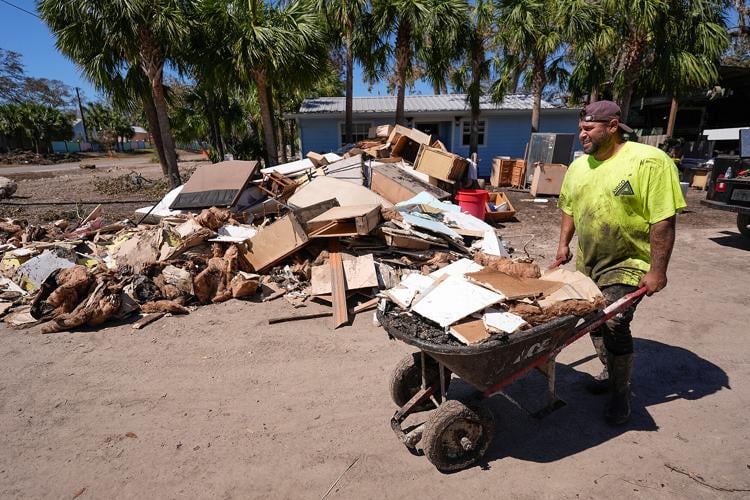
Hurricane Melissa's Impact on Jamaica
The recent declaration of Jamaica as a disaster area has sent shockwaves throughout the nation, with the devastating effects of Hurricane Melissa still being felt. As of the latest reports, over 10,000 people have been affected, with damages estimated to be in the millions of dollars. This catastrophic event has left many residents reeling, struggling to come to terms with the destruction caused by the hurricane's heavy rainfall and strong winds.
The impact of the hurricane has been widespread, with
- several key areas of concern, including:
- Widespread flooding, which has affected numerous communities and left many without access to basic necessities like clean water and sanitation
- Power outages, which have plunged many areas into darkness and disrupted critical services like healthcare and communication
- Extensive damage to infrastructure, including roads, bridges, and buildings, which will require significant investment to repair and rebuild
- Staying informed about weather updates and emergency instructions through reliable sources like radio, TV, and social media
- Having a emergency kit with essential items like food, water, first aid supplies, and a battery-powered radio
- Avoiding flooded areas and being cautious of potential hazards like fallen power lines and sharp debris
- Volunteering with local organizations and initiatives to provide aid and assistance to those in need
- Donating to reputable charities and funds that are working to support affected communities
- Spreading awareness about the situation and the needs of those affected through social media and other channels

Cuba Prepares for the Worst
As the storm approaches, Cuban authorities are taking proactive measures to ensure the safety of residents and visitors alike. A hurricane warning has been issued, prompting evacuations in low-lying areas that are most vulnerable to flooding and storm surges. According to recent data, Cuba has a long history of effectively managing natural disasters, with a strong emphasis on preparedness and evacuation procedures.
The Cuban government has set up emergency shelters and relief centers to assist those in need. These facilities will provide food, water, and medical care to individuals who have been displaced by the storm. Some key services offered at these centers include:
- Food and water distribution
- Medical care and first aid
- Shelter and temporary housing
- Communication services, such as phone and internet access
- Register with your country's travel advisory department to receive updates and alerts
- Stay in touch with family and friends back home to let them know you are safe
- Follow local news and weather reports for the latest information on the storm's progress
- Have a plan in place in case of an emergency, including a list of emergency contact numbers and a meeting point in case you get separated from your group

Hurricane Melissa's Expected Path and Intensity
The National Hurricane Center has issued a warning for Hurricane Melissa, which is currently barreling towards the eastern coast of Cuba. As of the latest update, the hurricane is expected to make landfall within the next 24 hours, bringing with it powerful winds and heavy rainfall. The storm's trajectory is being closely monitored, with forecasters warning of a potentially catastrophic impact on the island nation.
The current intensity of Hurricane Melissa is a Category 3, with sustained winds of up to 120mph. This is a significant concern, as winds of this speed can cause widespread destruction, including downed power lines, uprooted trees, and damaged buildings. In addition to the wind, heavy rainfall is also expected, with totals reaching up to 10 inches in some areas. This can lead to flash flooding, landslides, and other hazards.
To prepare for the storm, residents in the affected areas are advised to take the following precautions:
- Stock up on non-perishable food and water, in case of power outages or disruptions to supply chains
- Board up windows and doors to prevent damage from wind-borne debris
- Charge electronic devices, such as phones and laptops, in case of a power outage
- Stay informed about the storm's progress through trusted news sources and weather reports

International Response and Relief Efforts
The devastating impact of natural disasters like hurricanes has been felt across the globe, prompting an outpouring of support from the international community. In recent years, the world has witnessed an increase in the frequency and severity of such disasters, with the 2020 hurricane season being one of the most active on record, with 30 named storms in the Atlantic alone. This has led to a growing recognition of the need for coordinated international response and relief efforts.
To address this need, various organizations and governments have come together to provide aid and support to those affected. Donations and volunteers are being coordinated through local organizations and governments, ensuring that help reaches those who need it most. For instance, the United Nations Office for the Coordination of Humanitarian Affairs (UNOCHA) has been working closely with governments and humanitarian partners to respond to disasters and provide critical assistance.
- The American Red Cross has also been actively involved in disaster response and recovery efforts, providing shelter, food, and emotional support to affected communities.
- The International Federation of Red Cross and Red Crescent Societies (IFRC) has been working to support local Red Cross and Red Crescent societies in their response to disasters, providing critical assistance and supporting long-term recovery efforts.
- The International Rescue Committee (IRC), which provides critical assistance to people affected by disaster and conflict.
- Doctors Without Borders (MSF), which delivers medical humanitarian aid to people affected by disaster and conflict.
- Oxfam International, which works to provide humanitarian aid and support long-term development in affected communities.

Frequently Asked Questions (FAQ)
What is the current status of Hurricane Melissa?
The current storm system is being closely monitored by meteorological agencies, with the latest updates indicating a significant threat to the Caribbean region. As of the latest advisory, the hurricane has intensified into a Category 3 storm, with winds reaching speeds of up to 120mph. This increase in wind speed, combined with heavy rainfall, poses a substantial risk to areas in its projected path. Some of the key characteristics of the storm include:
- Maximum sustained winds of 120mph, with higher gusts possible
- Heavy rainfall expected, with totals reaching up to 10 inches in some areas
- Storm surge warnings issued for coastal regions, with wave heights potentially exceeding 6 feet
- Stocking up on emergency supplies, such as food, water, and first aid kits
- Securing outdoor furniture and other items that could become projectiles in high winds
- Staying informed through reliable news sources and following evacuation orders if issued

